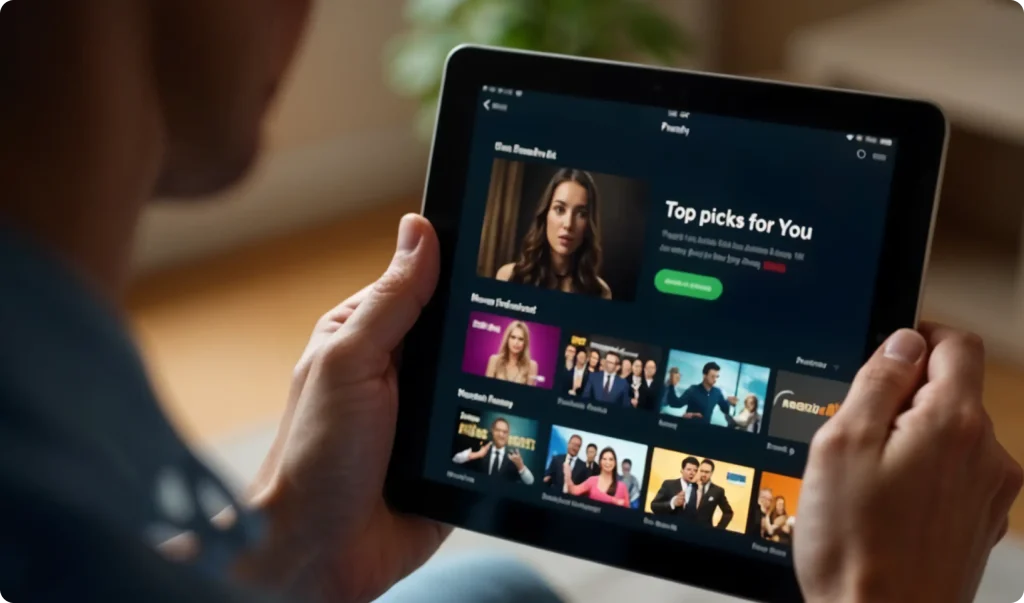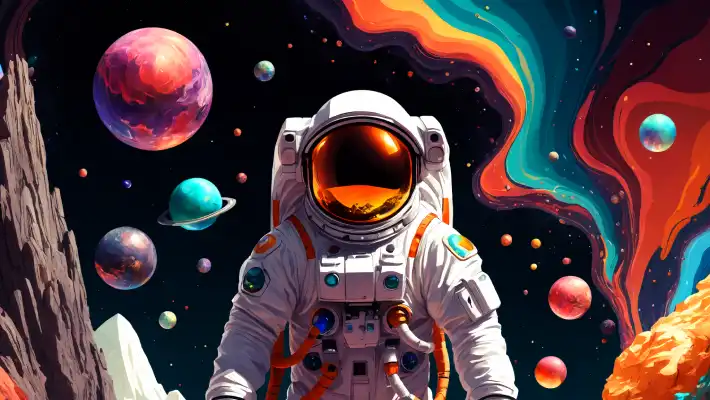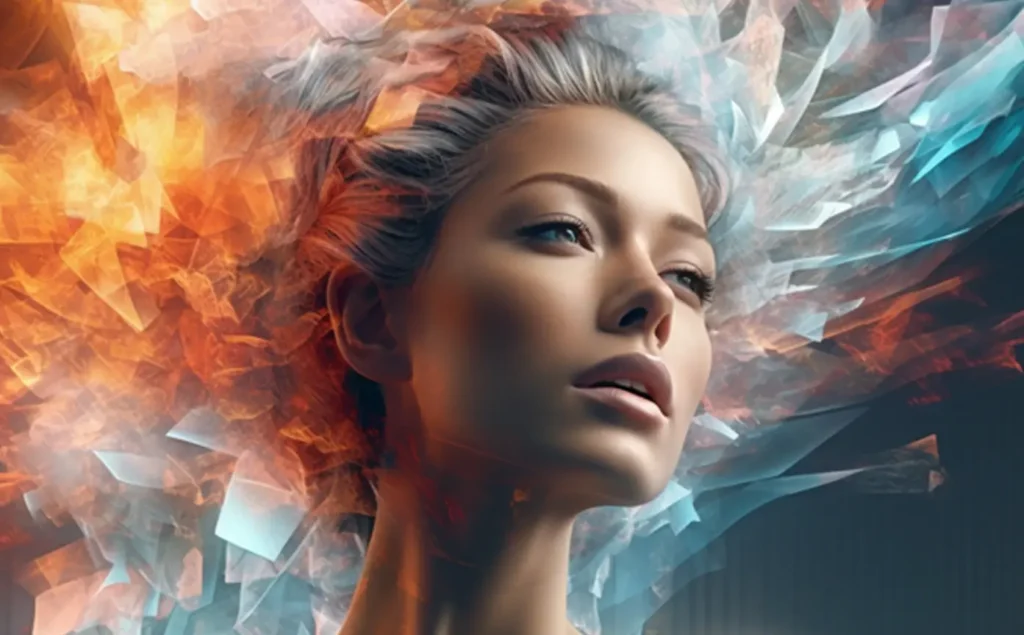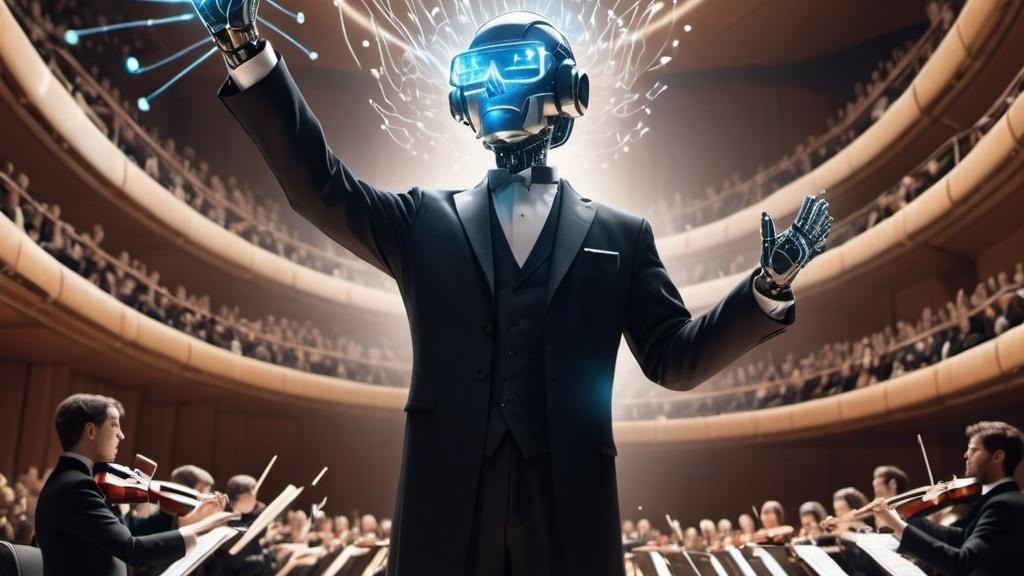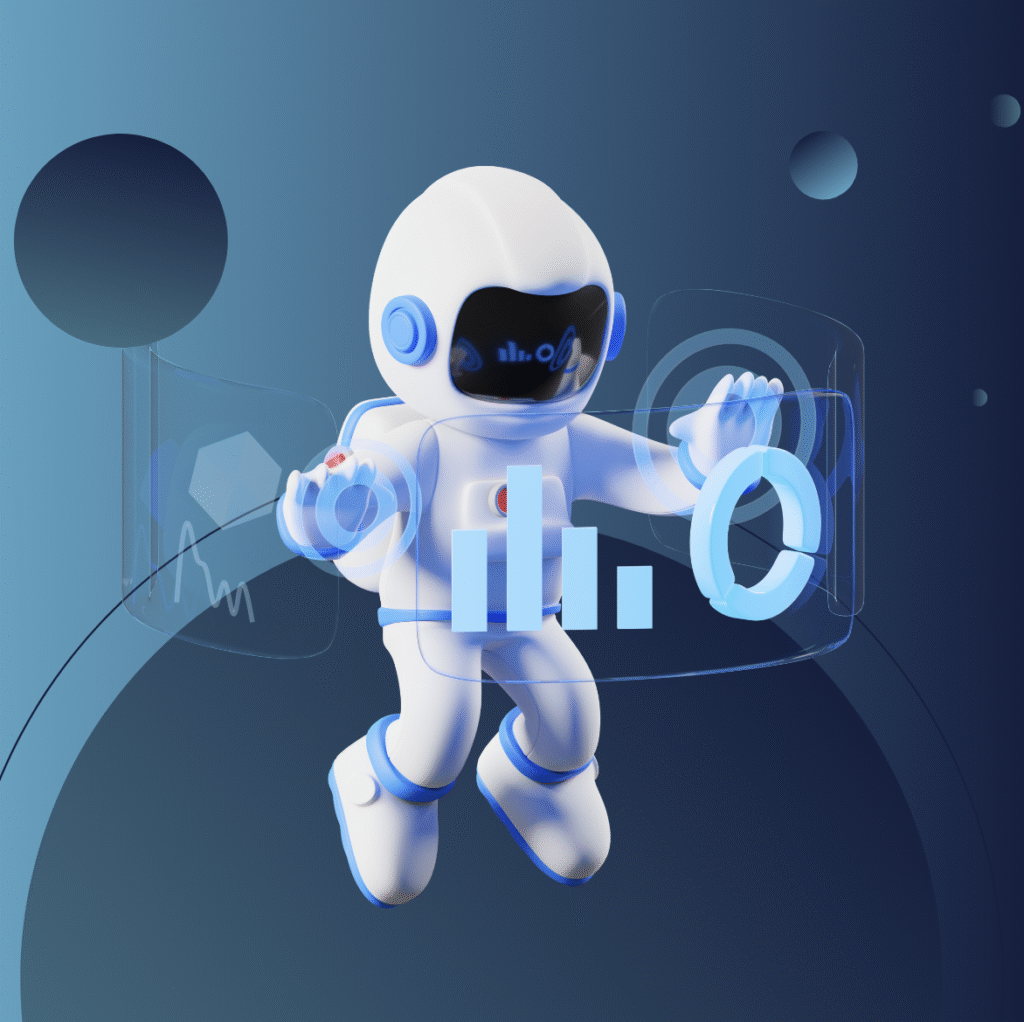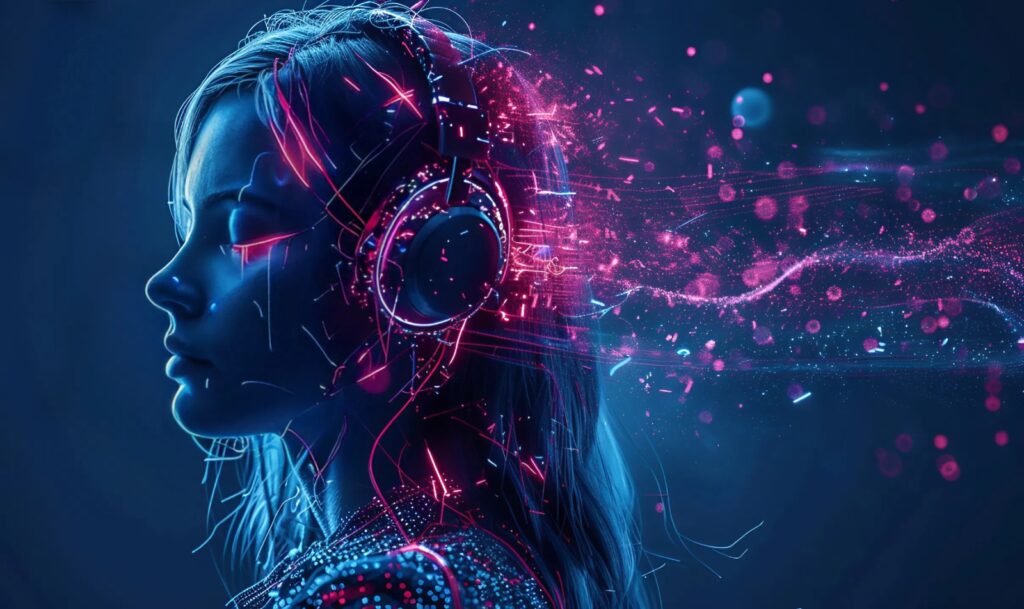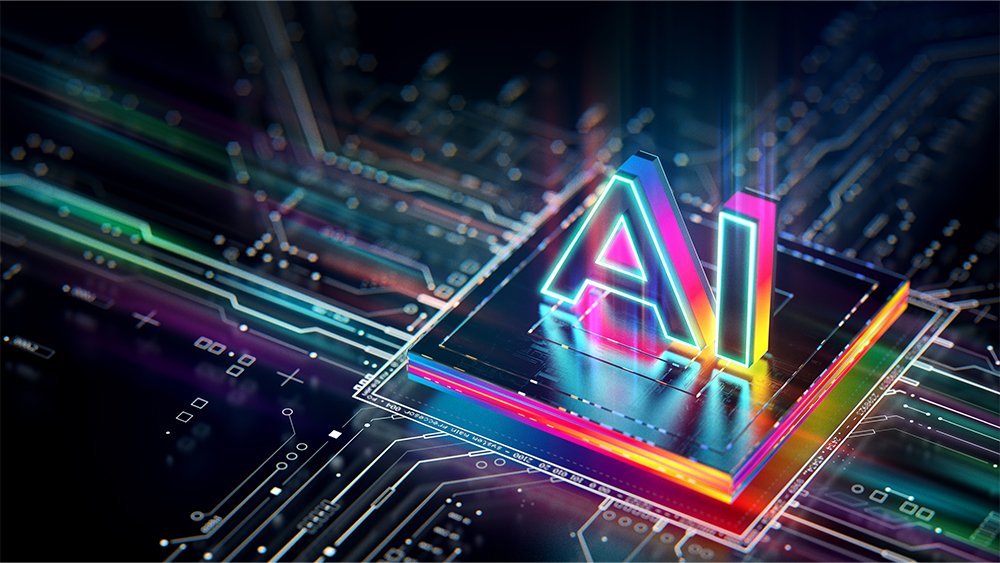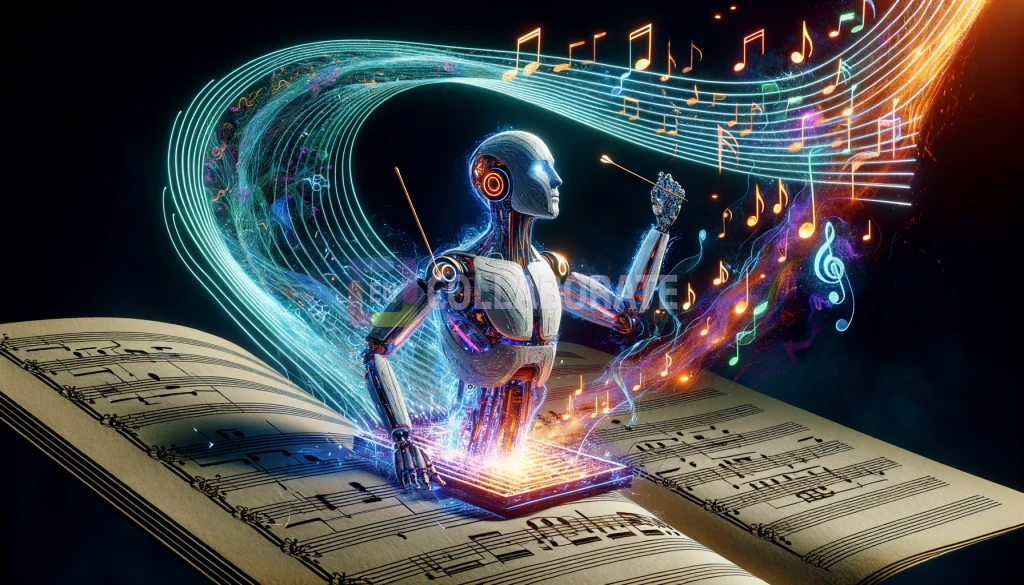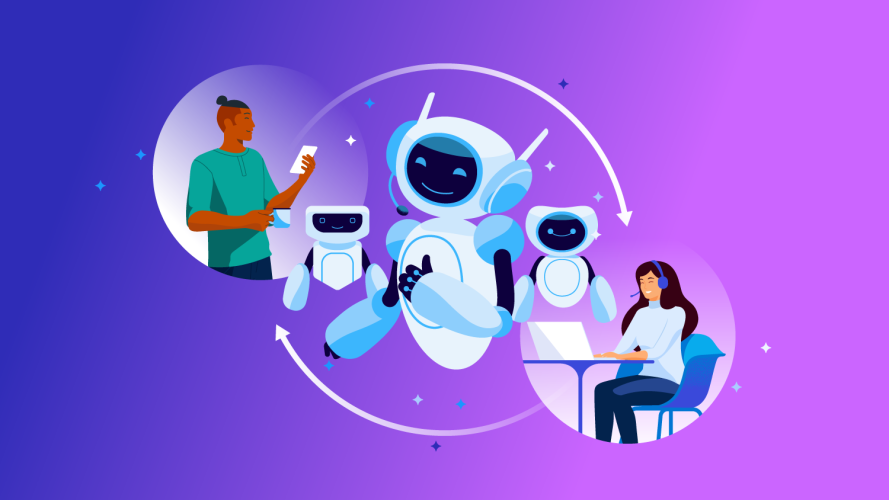AI’s Revolution: Can ChatGPT’s Artistry Outshine the Human Touch?
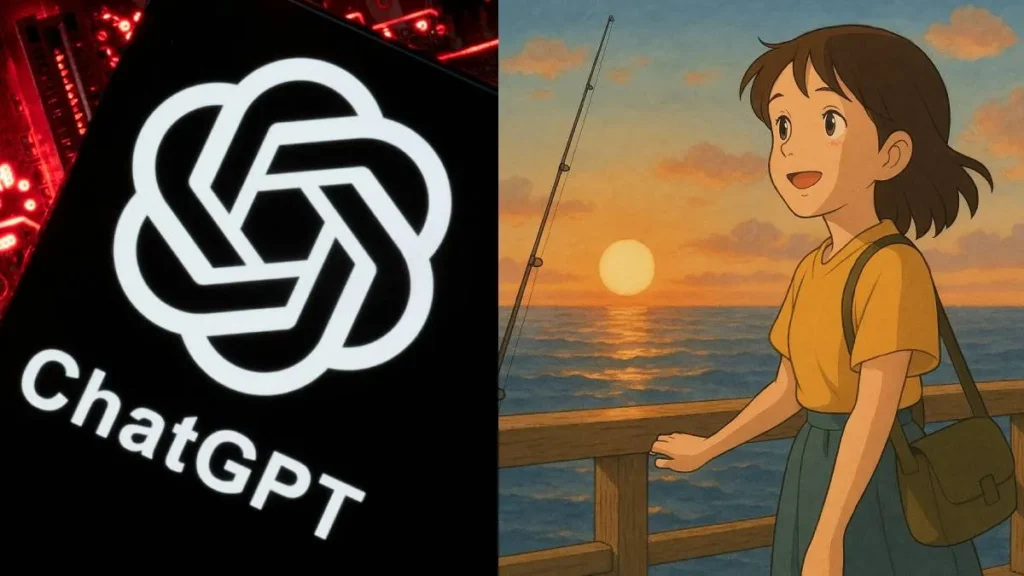
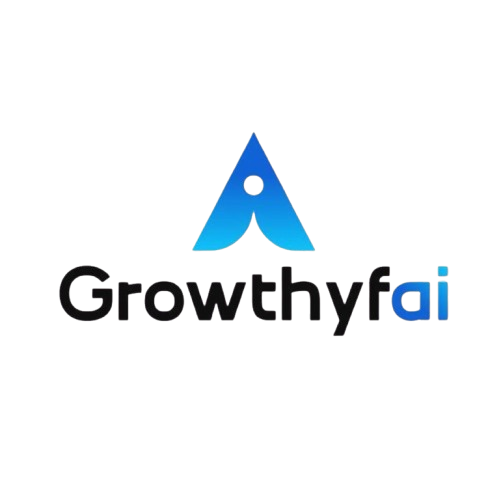
The integration of artificial intelligence into creative fields has sparked intriguing debates: Can machines produce creative works that rival or even surpass the human touch? With AI models like ChatGPT growing increasingly sophisticated, the question of whether AI can outshine human artistry becomes all the more relevant. This discussion dives into the transformative role AI is playing in creative industries and whether it stands a chance at eclipsing human creativity.
The Rise of AI in Creative Industries
Artificial Intelligence’s entry into creative domains is not just a futuristic concept but a present reality. AI-generated music, visual art, and writing are becoming commonplace as tools like ChatGPT, DALL-E, and Amper Music develop increasingly nuanced capabilities. Industries that once relied solely on human ingenuity are now witnessing a collaboration between man and machine.
ChatGPT, developed by OpenAI, exemplifies how advanced AI technologies can generate human-like text, from poetry and storytelling to dialogue and blogs. Its ability to understand and replicate human language structures has enabled it to tackle tasks that traditionally fell within the human domain. This automation of creativity promises efficiency, speed, and a novel way to explore new creative pathways.
Exploring the Capabilities of ChatGPT
ChatGPT exhibits impressive capabilities, transforming raw data inputs into coherent and often compelling narratives. It can simulate conversations, provide insightful analysis, and even construct elaborate fictional universes. But what truly sets it apart is its capacity for learning and improving over time, fine-tuning its outputs to better align with user preferences.
Consider its role in writing. Businesses increasingly leverage ChatGPT to generate content faster and more efficiently. It aids bloggers in drafting initial ideas, helps authors overcome writer’s block, and assists marketers by creating well-structured, engaging copy. While AI’s role as a helper might be undisputed, the real question is whether it can autonomously create art that resonates at the human level.
AI’s Impact on Various Art Forms
Writing is just the tip of the iceberg. AI’s influence extends into a plethora of art forms. In the realm of visual arts, AI can generate images and paintings that are not only aesthetically pleasing but also thought-provoking. The 2018 sale of an AI-generated portrait at Christie’s for $432,500 marked a milestone, demonstrating the appetite for AI-created art in traditional marketplaces.
In music, AI can compose symphonies that mimic great composers or craft entirely new pieces of work, offering tools for musicians to explore endless creative possibilities. Platforms like Jukedeck and Amper Music allow artists to generate original compositions, which can then be used or built upon in ways that challenge conventional music creation.
For performance arts, AI’s potential lies in creating scripts for theater or dialogues for films, generating content that can inspire new productions or augment existing works. With a combination of text and visual generation capabilities, AI can even conceptualize entire scenes or sequences, proving that its utility transcends static art forms.
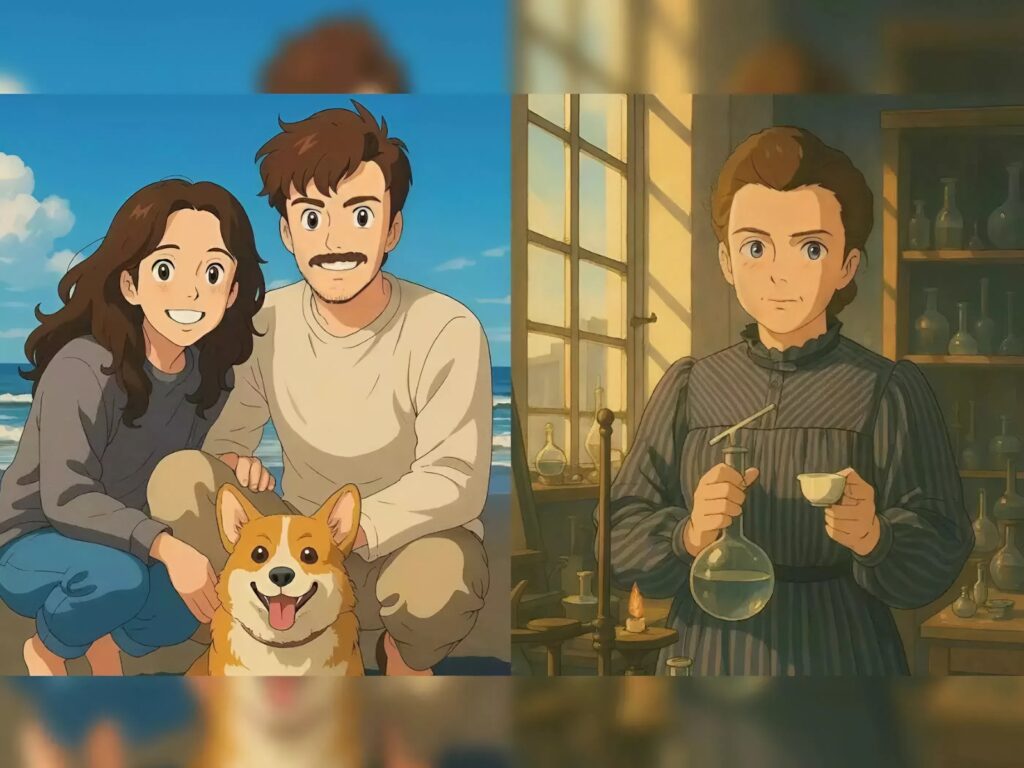
The Human Touch: Indispensable or Replaceable?
Despite AI’s groundbreaking capabilities, the magic of human creativity lies in its depth of emotion, cultural context, and personal experience. While an AI can simulate empathy and understand context to some extent, it lacks the genuine emotional spectrum and experiential insights that human artists bring to their work.
The human element in art carries subtleties that AI struggles to emulate—nuances of irony, empathy, and historical context that are woven into human stories. Artists can transform personal struggles, dreams, and perspectives into art forms that resonate deeply with audiences. The connection forged through such personalized artistry often eludes AI, which is sometimes perceived as lacking true originality and emotional depth.
Moreover, AI’s output, while often technically proficient, is often considered derivative, as it draws from existing data to generate new material. Human artists, on the other hand, have the ability to innovate from nothing, crafting the unforeseen and the unprecedented.
Synergy Between Humans and AI
Instead of a rivalry, envisioning a symbiosis between human creativity and AI capabilities can be more fruitful. AI can complement human creativity by handling repetitive tasks, providing creative stimuli, and offering alternative perspectives that might not be readily apparent.
Artists and AI can collaborate to create hybrid works where human creativity is augmented by AI’s computational prowess. By leveraging AI’s ability to analyze vast datasets quickly, artists can gain insights into trends, audience preferences, and new creative methods, further enhancing their works.
This partnership offers a platform for new kinds of art forms, such as interactive installations or dynamic digital art, which evolve based on audience interaction or data inputs, showcasing the harmony between human vision and AI execution.
Conclusion: The Future of Creativity
As we venture further into the 21st century, the conversation about AI’s role in the arts will continue to evolve. While AI technologies like ChatGPT may never entirely outshine the innate human touch, they undeniably offer fresh avenues for creative exploration. Instead of viewing AI as a competitor, recognizing it as an ally can unlock untapped potential, reshaping the ways in which we conceive and experience art and creativity.
In conclusion, while AI’s artistry may not fully replicate the emotional and experiential depth of human art, it can complement and enhance the creative process. By embracing this unique synergy, we stand on the brink of a new era of artistic expression, where the boundaries of creativity are continually redrawn by the collaboration between human ingenuity and machine intelligence. The future of creativity, thus, appears not as an “either-or” scenario but rather a harmonious blend of human and artificial capabilities.

